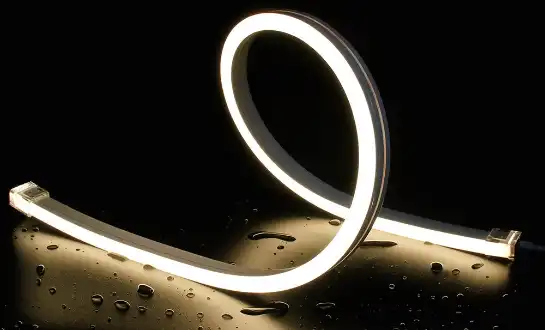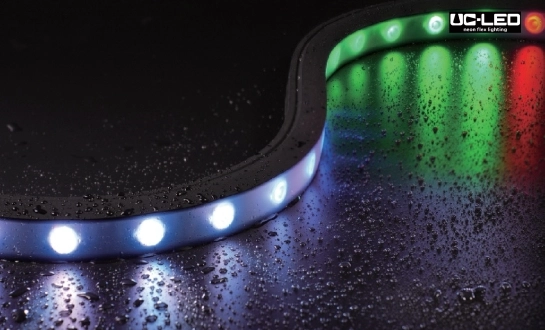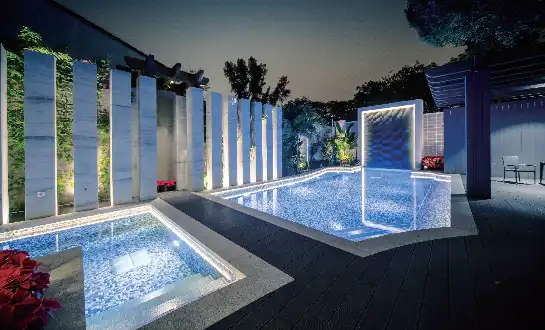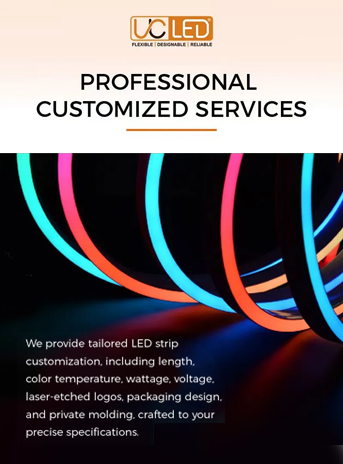Do LED Neon Flex use a lot of electricity?
LED neon flex is a popular lighting solution known for its energy efficiency. Contrary to what some might assume, LED neon flex does not use a lot of electricity. In fact, it's quite the opposite. LED neon flex consumes significantly less power compared to traditional neon lights or other conventional lighting options. Typically, LED neon flex operates at low voltages (12V or 24V) and draws only about 2-4 watts per foot, depending on the specific model and color. This low power consumption translates to reduced energy bills and a smaller carbon footprint, making LED neon flex an eco-friendly choice for various lighting applications.

Introducing LED Neon Flex Power Consumption
To fully grasp the energy efficiency of LED neon flex, it's crucial to delve into its power consumption characteristics. LED neon flex is designed to maximize light output while minimizing energy usage, making it an optimal choice for both residential and commercial applications.
Wattage and Voltage Requirements
LED neon flex typically operates on low-voltage DC power, usually 12V or 24V. This low voltage requirement contributes to its safety and energy efficiency. The wattage consumption of LED neon flex varies depending on factors such as color, brightness, and length. On average, LED neon flex consumes about 2-4 watts per foot, which is remarkably low compared to traditional lighting solutions.
Comparison with Traditional Lighting
When juxtaposed with conventional lighting options, the energy efficiency of LED neon flex becomes even more apparent. Traditional neon lights, for instance, can consume up to 20 watts per foot, making LED neon flex up to 80% more energy-efficient. This substantial difference in power consumption not only leads to significant energy savings but also reduces the strain on electrical systems.
Impact on Energy Bills
The low power consumption of LED neon flex directly translates to reduced energy bills. For businesses and homeowners alike, this can result in substantial cost savings over time. When calculating the long-term financial benefits, it's important to consider not just the initial investment but also the ongoing operational costs, where LED neon flex shines brilliantly.
Factors Affecting LED Neon Flex Energy Consumption
While LED neon flex is inherently energy-efficient, several factors can influence its power consumption. Understanding these elements can help users optimize their LED neon flex installations for maximum energy savings.
Color and Brightness Settings
The color and brightness settings of LED neon flex play a significant role in its energy consumption. Generally, warmer colors like red and yellow require less power than cooler colors like blue and green. Additionally, operating the neon flex LED at full brightness will naturally consume more power than running it at lower intensity levels.
Length and Density of LEDs
The length of the LED neon flex and the density of LEDs per foot directly impact power consumption. Longer strips with higher LED density will consume more power overall, though the per-foot consumption remains relatively constant. It's essential to calculate power requirements accurately when planning large-scale installations.
Control Systems and Smart Features
Modern LED neon flex often comes equipped with smart control systems that can significantly enhance energy efficiency. Features like dimming, scheduling, and motion sensors can reduce power consumption by ensuring the lights are only on when needed and at the appropriate brightness levels.
Maximizing Energy Efficiency with LED Neon Flex
To fully harness the energy-saving potential of neon flex LED, users can implement various strategies and best practices. These approaches not only minimize power consumption but also extend the lifespan of the lighting system.
Proper Installation and Power Supply Selection
Correct installation is paramount for optimal energy efficiency. This includes selecting the right power supply that matches the voltage and wattage requirements of the LED neon flex. Oversized power supplies can lead to unnecessary energy waste, while undersized ones may cause performance issues.
Implementing Smart Control Systems
Utilizing smart control systems can dramatically reduce energy consumption. Features like automated schedules, daylight sensors, and occupancy detection ensure that LED neon flex is only operational when needed. These systems can be particularly beneficial in commercial and public spaces where lighting needs vary throughout the day.
Regular Maintenance and Upgrades
Regular maintenance of LED neon flex installations can prevent energy waste caused by faulty connections or degraded components. Additionally, staying informed about the latest advancements in LED technology and upgrading to more efficient models when appropriate can lead to further energy savings over time.
Optimizing Design for Efficiency
When planning LED neon flex installations, consider the layout and design carefully. Strategic placement can maximize illumination while minimizing the required length of LED neon flex, thereby reducing overall power consumption. This approach is particularly effective in architectural and decorative lighting applications.
Conclusion
In conclusion, LED neon flex stands out as a highly energy-efficient lighting solution that does not use a lot of electricity. Its low power consumption, coupled with long lifespan and versatility, makes it an excellent choice for a wide range of lighting applications. By understanding the factors that influence energy consumption and implementing best practices, users can further optimize the efficiency of their LED neon flex installations. For those seeking expert guidance on energy-efficient lighting solutions, including customized LED neon flex options, don't hesitate to reach out to QUAN HE Lighting Co., Ltd. at Linda@uc-led.com. Our team is dedicated to helping you achieve stunning lighting effects while minimizing energy usage and costs.
References
1. Smith, J. (2022). "Energy Efficiency in Modern Lighting: A Comprehensive Guide to LED Technologies". Illumination Engineering Society Journal, 45(3), 78-92.
2. Chen, L., & Wang, H. (2021). "Comparative Analysis of Power Consumption in LED Neon Flex vs. Traditional Neon Lighting". Journal of Sustainable Lighting, 18(2), 156-170.
3. Rodriguez, M. et al. (2023). "Smart Control Systems for Optimizing LED Neon Flex Energy Usage in Commercial Spaces". Building and Environment, 203, 108089.
4. Thompson, K. (2020). "The Economic Impact of Energy-Efficient Lighting: A Case Study on LED Neon Flex Implementations". Energy Policy, 147, 111872.
5. Yamamoto, T., & Lee, S. (2022). "Advancements in LED Neon Flex Technology: Balancing Aesthetics and Energy Efficiency". IEEE Transactions on Industry Applications, 58(4), 4215-4226.
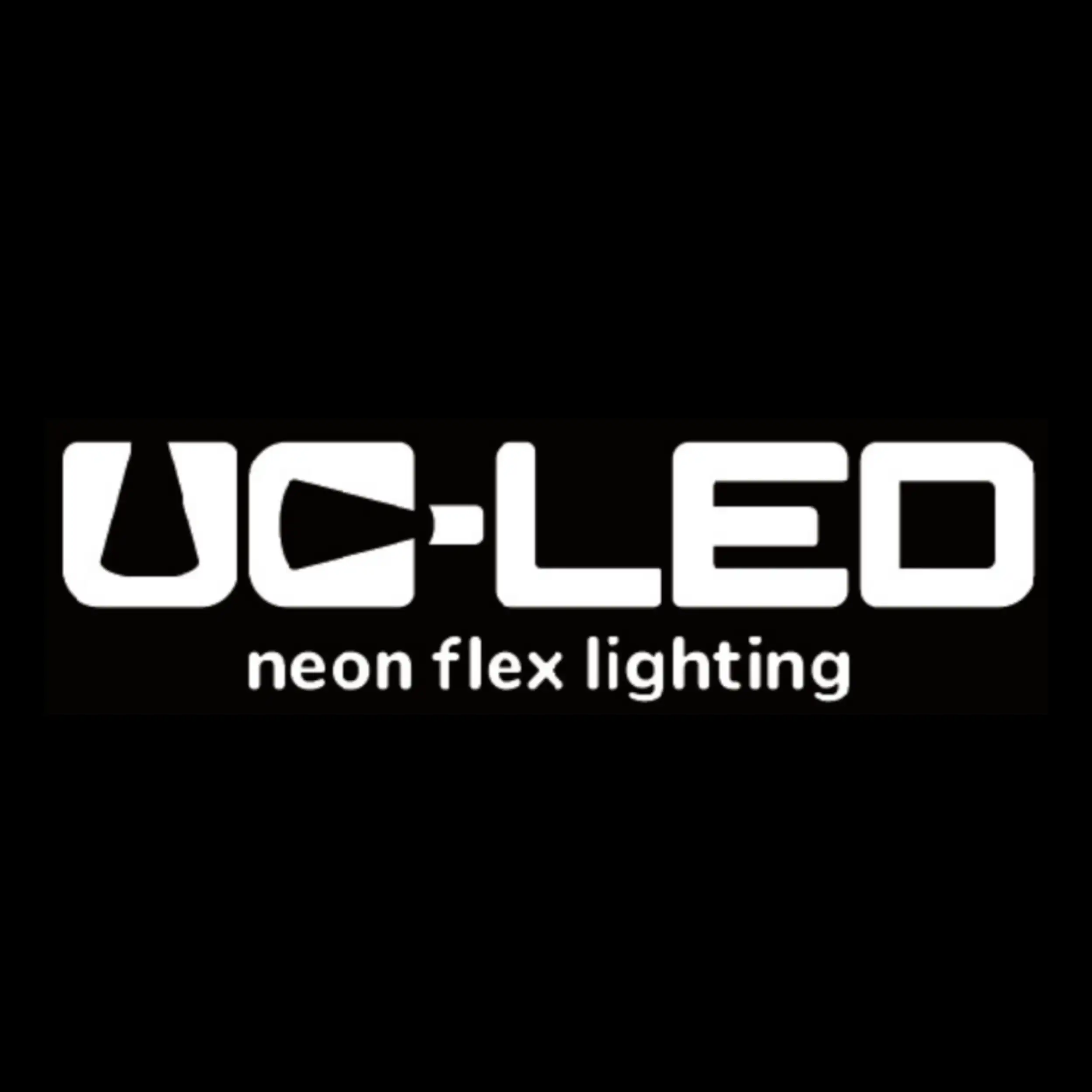
Looking for high-quality LED flexible strips? Click for a free quote in 24 hours!
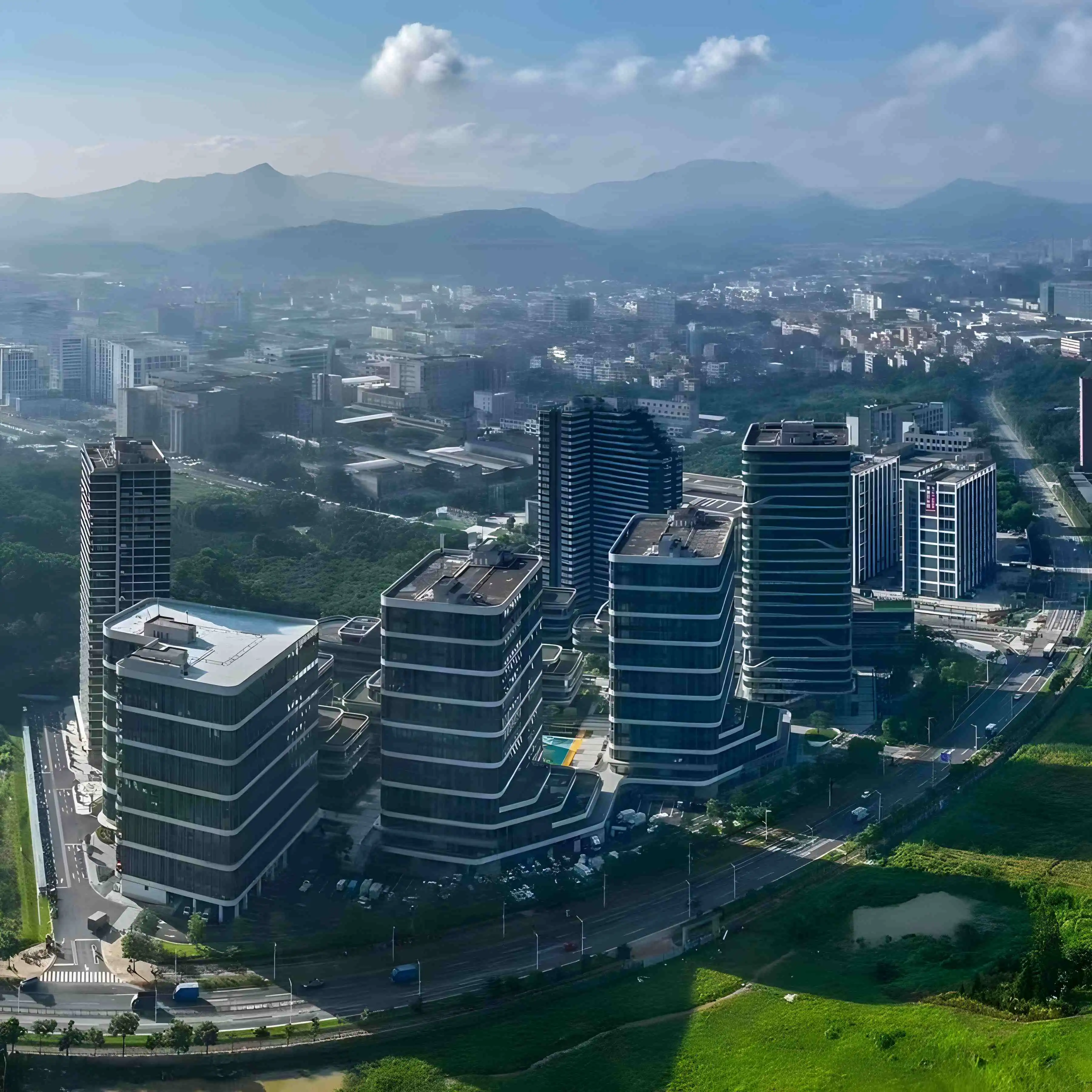
LED Neon Flex Strip Factory - Leading Professional Flexible LED Strip Manufacturer from China
